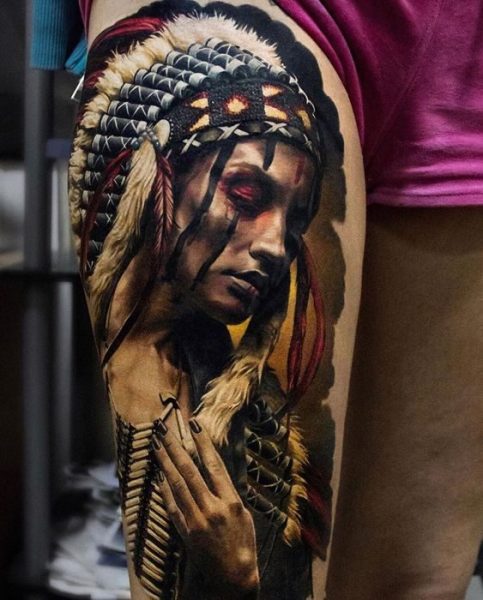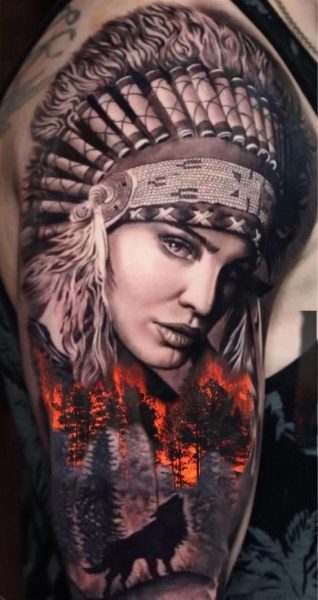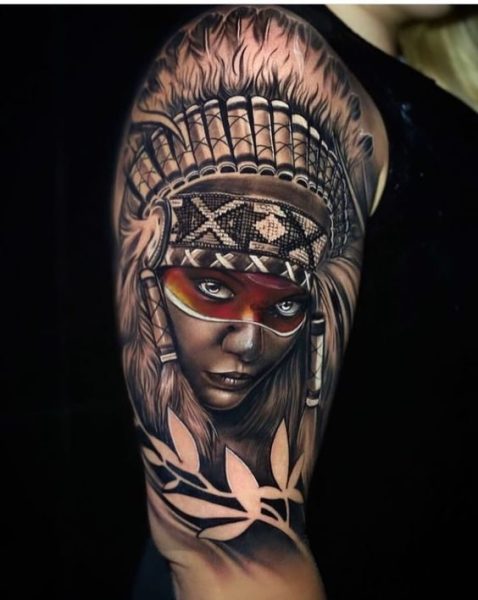
Tattoos have long served as markers of identity, rites of passage, and symbols of cultural heritage within tribal communities across the globe. From the intricate designs of Polynesian tā moko to the bold patterns of African tribal markings, tribal body art carries deep cultural significance and reflects centuries-old traditions. In this article, we delve into the rich history and cultural significance of tribal tattoos, exploring their diverse meanings and enduring legacy.
The Origins of Tribal Body Art: A Historical Perspective
Tribal body art has its roots in ancient rituals, traditions, and social practices that date back thousands of years. In many indigenous cultures, tattoos served as visual symbols of belonging, status, and spiritual significance within the community. From marking stages of life such as puberty and marriage to signifying achievements and lineage, tribal tattoos were integral to the social fabric and cultural identity of indigenous peoples around the world.
Exploring Tribal Tattoo Designs and Symbolism
Tribal tattoo designs are as diverse as the cultures that inspire them, with each motif and pattern carrying its own unique symbolism and meaning. For example:

- Polynesian tattoos: Tā moko, traditional tattoos of the Maori people of New Zealand, feature intricate spirals, geometric patterns, and stylized representations of animals, plants, and mythical creatures. These tattoos symbolize a person’s genealogy, social status, and spiritual connections to their ancestors and the natural world.
- African tribal tattoos: Across various African cultures, tribal tattoos often incorporate bold, abstract patterns and symbols that represent elements of nature, ancestral spirits, and cultural traditions. These tattoos serve as visual markers of identity and belonging within the community, with each design carrying specific meanings and significance.
The Cultural Significance of Tribal Body Art
Tribal body art holds deep cultural significance within indigenous communities, serving as a means of preserving and transmitting cultural heritage from one generation to the next. In addition to their aesthetic appeal, tribal tattoos embody the values, beliefs, and traditions of the community, fostering a sense of connection and solidarity among its members. Furthermore, tribal tattoos often carry spiritual significance, serving as protective symbols and channels for communicating with ancestral spirits and deities.
Contemporary Interpretations and Revival

In recent years, tribal body art has experienced a resurgence in popularity, with people from diverse backgrounds embracing tribal tattoo designs as a form of personal expression and cultural appreciation. While some individuals opt for traditional tribal tattoos to honor their ancestry and cultural heritage, others incorporate elements of tribal motifs into contemporary tattoo designs, blending ancient symbolism with modern aesthetics. However, it is essential to approach tribal tattoos with respect and understanding of their cultural significance, acknowledging the traditions and meanings behind the designs.
Preserving Tribal Tattoo Traditions
As tribal body art continues to evolve and adapt to contemporary contexts, efforts are underway to preserve and protect traditional tattooing practices and cultural heritage. Indigenous communities and cultural organizations work to educate the public about the cultural significance of tribal tattoos and advocate for the preservation of traditional tattooing techniques. Additionally, initiatives to document and record tribal tattoo designs and their meanings help ensure that these valuable cultural traditions are passed down to future generations.
In conclusion, tribal body art represents more than just ink on skin – it embodies the cultural heritage, traditions, and values of indigenous communities around the world.

From the intricate patterns of Polynesian tā moko to the bold markings of African tribal tattoos, tribal body art serves as a visual testament to the rich diversity and enduring legacy of tribal cultures. As contemporary interpretations blend with traditional practices, it is crucial to honor and respect the cultural significance of tribal tattoos and their role in preserving cultural heritage for generations to come.





